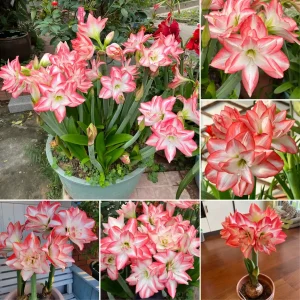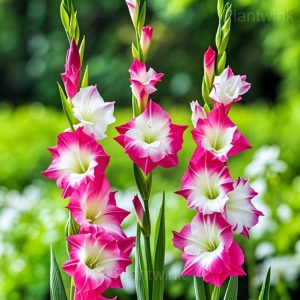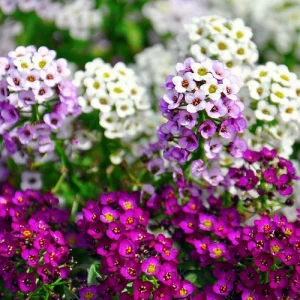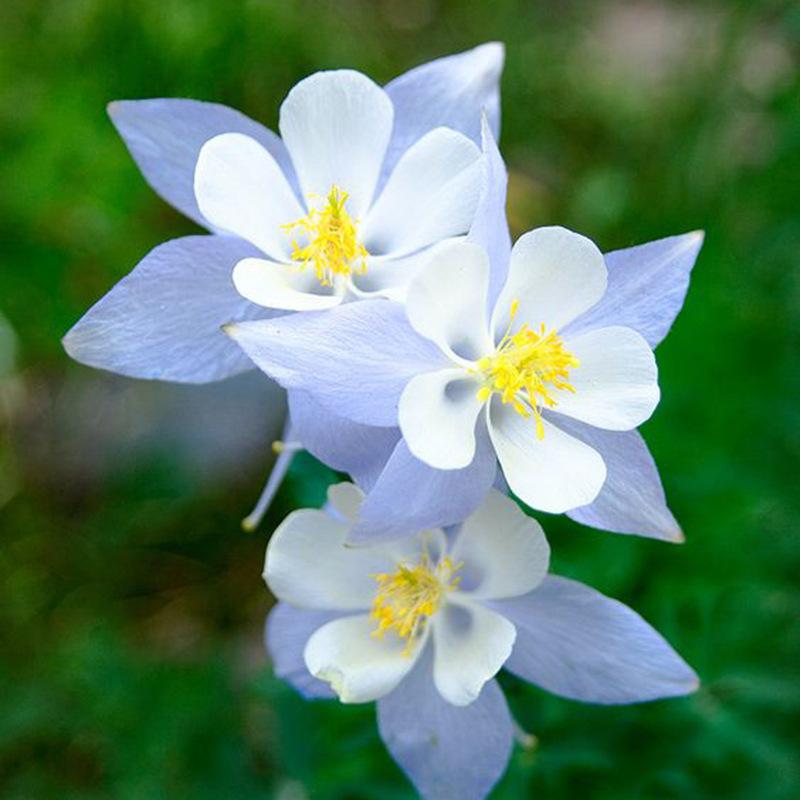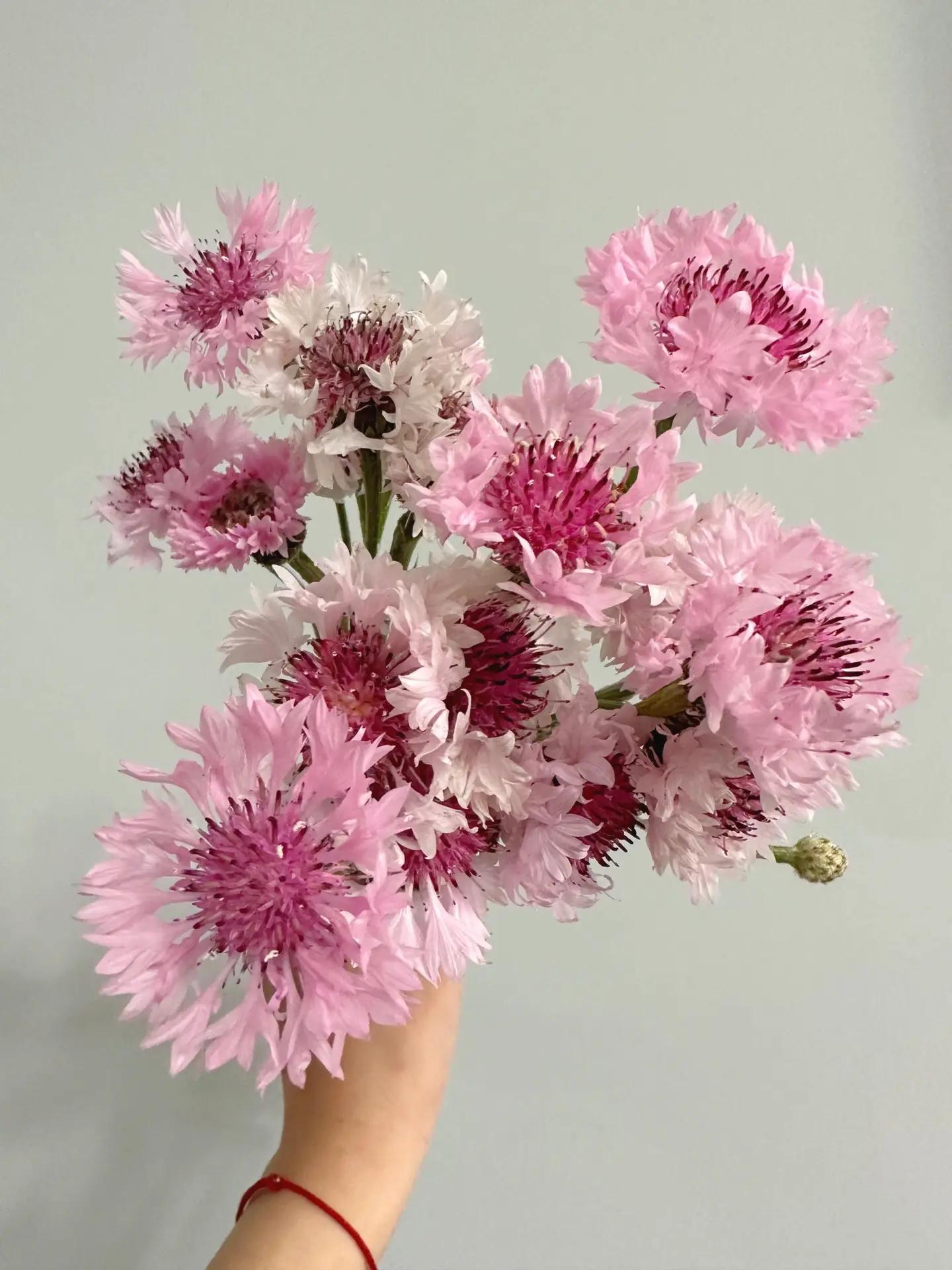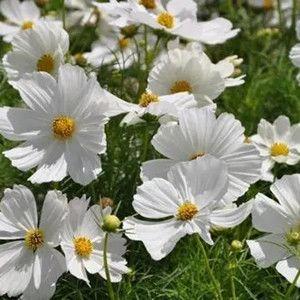Once upon a time, in a lush tropical forest, grew a unique plant called Chrysobalanus. Legend has it that this extraordinary plant possessed magical healing powers. People believed that by consuming its vibrant orange berries, they could be cured of any ailment. However, these berries were almost impossible to find as Chrysobalanus only bloomed for a single night every hundred years. People from far and wide would gather, eagerly awaiting this special event. It became a symbol of hope and perseverance, reminding humanity that miracles can happen even in the most unlikely of places.
Picture

Plant some seeds now!
Short Description
Chrysobalanus is a genus of evergreen perennial shrubs to small trees, described as a genus by Linnaeus in 1753. It is native to sub-tropical and tropical regions of Africa, Latin America, and Florida.
Chrysobalanus attains a maximum height of 25 or 30 feet (8–10 m). It is found in coastal areas as a wild plant, and is frequently planted in gardens. It has a low-growing and sprawling habit. It can form dense stands and become invasive. The leaves are obovate or obcordate in outline, about 2in long, thick, glossy, and deep green in color. It has small white flowers, in axillary racemes or cymes, not too showy, but they have a dainty and sweet fragrance. This plant bears a damson-sized edible red pulpy fruit with a black and thin skin, resembles a large plum in appearance, being oval 1.5in long. The sweet fruits with white flesh, which is cottony and of insipid taste, adheres closely to the large oblong seed turn from creamy tones to dark-blue pleasing tasty peaches which can be made into a sweet preserved jam, made by the earliest arrivals to the low-lying Florida peninsula. The fruit is extensively used in the tropics.
